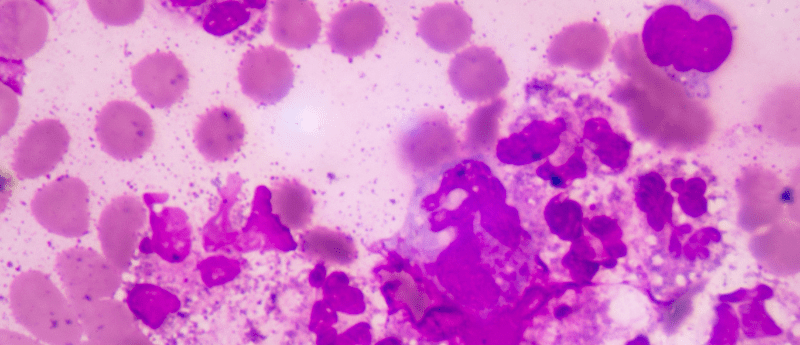New AI technology may detect sepsis up to 6 hours earlier than traditional methods

A new AI system can detect symptoms of sepsis hours earlier than traditional methods by utilizing medical records and clinical notes to identify patients most at risk. The study, published in Nature Medicine, found that this AI technology can cut the mortality rate of patients with sepsis by 20%.
Sepsis occurs when a general infection kick-starts a chain reaction throughout the rest of the body, leading to blood clots, leaking blood vessels and, ultimately, organ damage or failure. On average, 1.7 million people develop sepsis every year in the USA, with over 250,000 of these cases ending in death. Despite this, a sepsis diagnosis can often be overlooked due to the main symptoms – fever and confusion – being so common in many other disorders.
To combat this issue researchers from John Hopkins University (MD, USA) developed the ‘Targeted Real-Time Early Warning System’, an AI system that combines a patient’s medical history with their current symptoms and lab results.
The system can highlight at-risk patients to clinicians and even suggest treatment protocols, such as beginning antibiotics. In addition to this, the system can track a patient throughout the duration of their hospital stay, ensuring that critical information is not overlooked due to moving departments or staff changes.
Suchi Saria, from the Malone Center for Engineering Healthcare at John Hopkins, comments: “It is the first instance where AI is implemented at the bedside, used by thousands of providers, and where we’re seeing lives saved. This is an extraordinary leap that will save thousands of sepsis patients annually. And the approach is now being applied to improve outcomes in other important problem areas beyond sepsis.”
The study that trialed this system enrolled a cohort of 4000 clinicians across five hospitals, who treated 590,000 patients utilizing the AI technology. In addition to this, nearly 174,000 previous patient cases who had utilized the AI technology were also reviewed .
The study found that in 82% of sepsis cases, the AI was accurate nearly 40% of the time. Furthermore, on average, the AI detected sepsis 6 hours earlier than traditional methods, which could be the difference between life and death for the patient. This is a huge improvement on previous attempts to utilize electronic aids in the detection of sepsis, which were found to only be accurate 2–5% of the time.
The team has also partnered with the two largest electronic health record system providers – Epic and Cerner – to ensure that the tool can be implemented at other hospitals. Furthermore, the technology can be adapted to identify more than just sepsis, such as pressure injuries, commonly known as bed sores, and those at risk for sudden deterioration caused by bleeding, acute respiratory failure and cardiac arrest.
Saria concludes: “The approach used here is foundationally different, it’s adaptive and takes into consideration the diversity of the patient population, the unique ways in which doctors and nurses deliver care across different sites and the unique characteristics of each health system, allowing it to be significantly more accurate and to gain provider trust and adoption.”
Want regular updates on the latest real-world evidence news straight to your inbox? Become a member on The Evidence Base® today>>>




